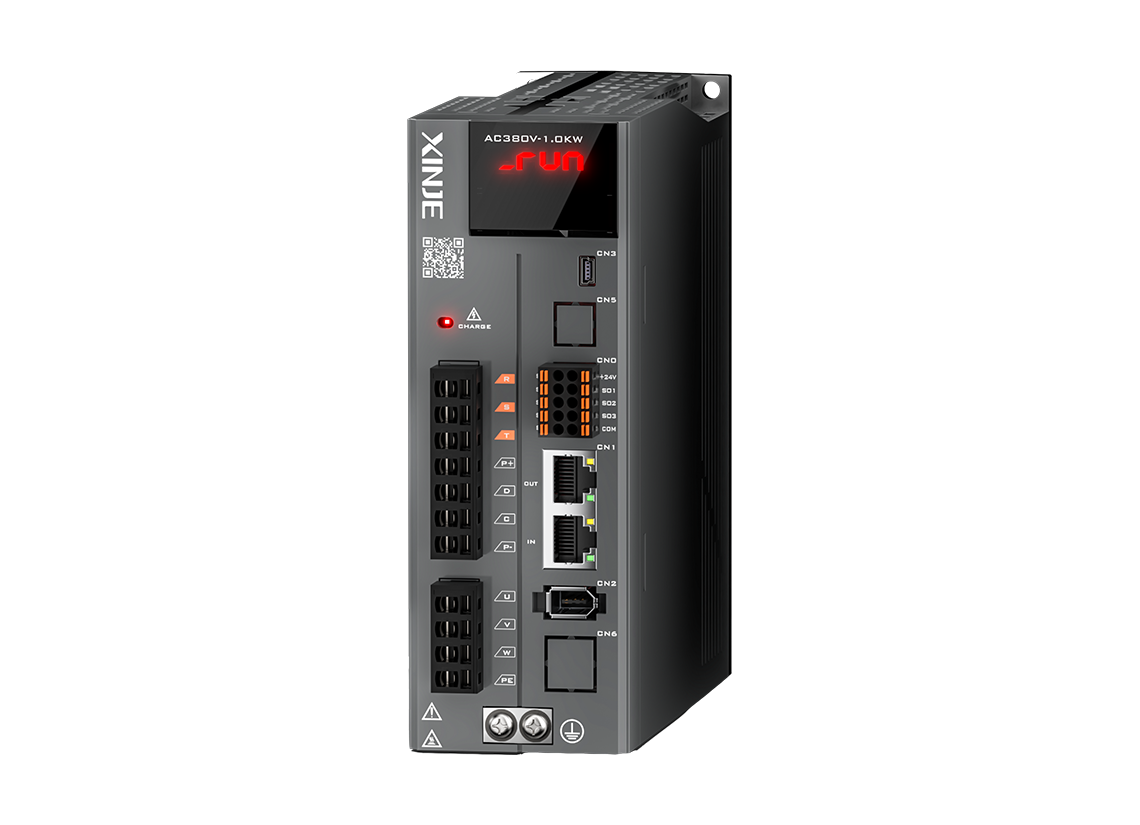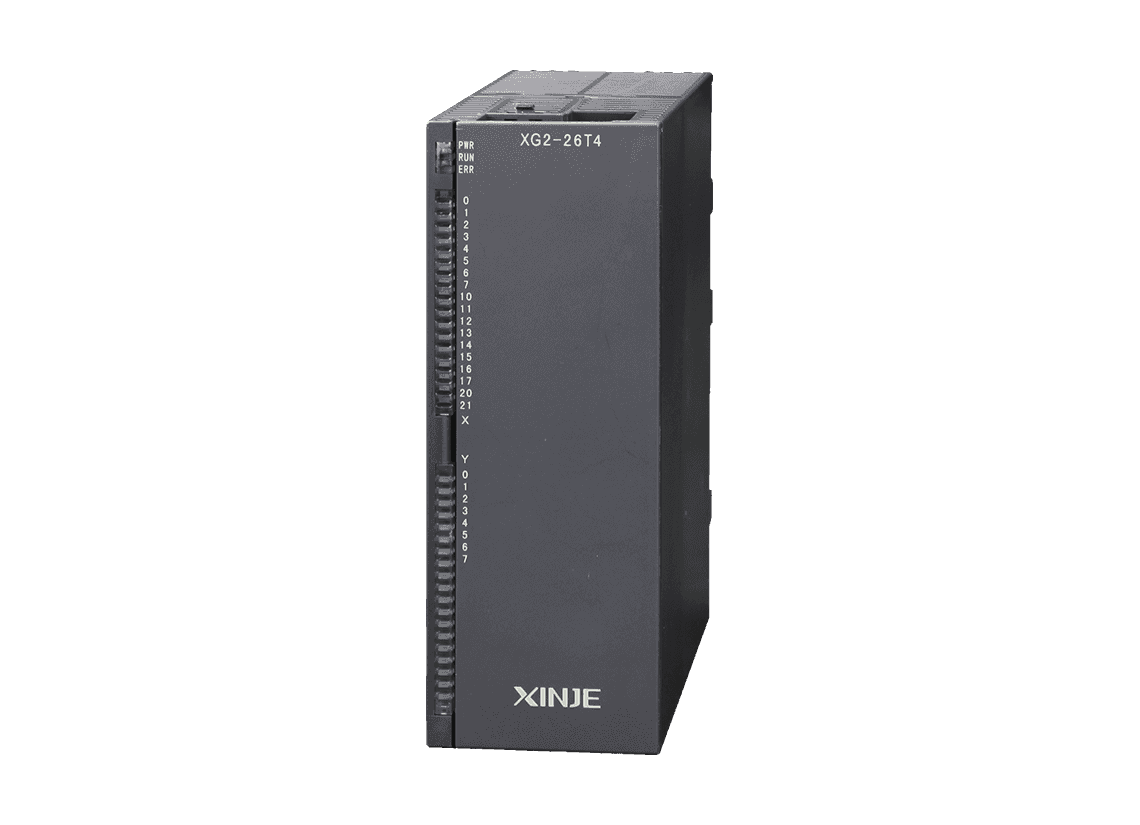Metal wire mesh weaving machine system solution
Metal wire mesh weaving machine system solution

Stable tension control, flexible and convenient operation
Metal wire mesh is an important industrial material, which has wide applications in the fields of construction, aviation, automobiles, and medical care. With the continuous development of science and technology and the innovation of product applications, in recent years, the application of metal wire mesh in the fields of new energy, smart home, and robots has gradually increased, bringing new development opportunities to the industry.

Industry background
Metal wire mesh is an important industrial material, which has wide applications in the fields of construction, aviation, automobiles, and medical care. With the continuous development of science and technology and the innovation of product applications, in recent years, the application of metal wire mesh in the fields of new energy, smart home, and robots has gradually increased, bringing new development opportunities to the industry.
At present, the market size of metal wire mesh has exceeded 40 billion US dollars and will still maintain a steady growth in the following years. The metal wire mesh weaving machine industry will continue to develop in the directions of intelligence, refinement, high-end, and informatization.


Control scheme
Select the XDH series ETHERCAT bus-type PLC, and the right expansion selects the dedicated tension measurement module, which is matched with the TG series touch screen.
The PLC is used as the main control, and the spindle position is fed back through the encoder to calculate the current angle of the spindle in real time.
The system controls jogging and start-stop, and each axis executes the electronic cam according to the set angle.
When there is a broken yarn signal in the warp break detection or weft detection, the system stops within the current lap.
The tension measurement module measures the warp tension in real time, and regulates the warp feed amount through PID for feedback to maintain the tension stability.
The warp feed and net winding servo select the magnetically encoded motor, and the rapier band servo pursues response and selects the optically encoded motor.






